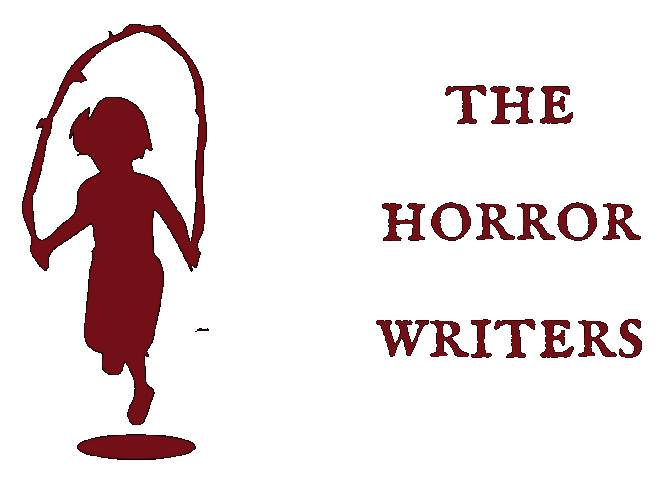Last month, we at Horror Writers successfully hosted our first horror flash fiction contest. We received a slew of entries covering every horror sub genre imaginable. Goreporn, southern Gothic, dark fantasy, even zombies made their way into the submissions inbox. I had the honor of judging the entries and while some submissions never made it past my inbox, I quickly began seeing some of the same plots pop up over and over again. While the twists were novel the first time I read them, they quickly became old hat by the third and fourth submission using the same plot device. Read on to see if that story you’ve been brewing is as original as you thought it was.
1. “The Shyamalan Revelation”: Guy does mundane things, but then OMG HE’S BEEN DEAD THE WHOLE TIME. This was by far the most common plot device I’d read among the entries. If you don’t have anything new to add to this cliche, please, for the love of horror, stop it.
2. “The Gothic Victimization”: People are in a haunted place, with no other point to the story beyond that. Spooky things happen to flat characters who are there just to be spooked.
3. “The Jonestown Plot”: The naive protagonist joins a new religion (often via a Craigslist ad), which turns out to be a cult that kills and/or sacrifices it’s newest members.
4. “The Exterminator Deception”: A man narrates his day as if he’s an exterminator, referring to his prey as “vermin”, “bugs” or “rodents” and then after he dispatches them it becomes clear that the exterminator was actually killing humans the whole time.
5. “The Home Buyer’s Caveat”: A young couple embarking on a new life together buys or inherits a home that turns out to be built on an ancient burial ground, mass murder grave site, or crime scene. As seen in “Poltergeist.”
6. “The Adorable Harbinger”: A bringer of death and suffering is disguised as something cute and innocent, like a child or a fluffy pet. It kills everyone and escapes at the end of the story. As seen in the Adipose episode of Doctor Who.
7. “The Table-Turner”: A predator (maybe a pedophile, maybe a pickpocket) stalks his/her prey, and the prey turns out to be a vampire/demon/supernatural entity. As seen in the Stephen King short story, “Popsy.”
8. “The Soothsayer Dismissal”: A realtor/fortune teller/child will warn about bad juju present, but the protagonists rationalize every strange event until it’s escalated to the point that someone dies or they need to call a medium/priest.
9. “The Dallas”: Unsettling, weird things happen, and it all turns out to be a dream or the insane visions of an unstable narrator. This offshoot of The Shyamalan Revelation is both a cop-out and a letdown to readers. As writers, we’ve all written ourselves into a plot corner at some point. Put in the work and get your characters out in a believable manner.
10. “The Victim Strikes Back”: A bullied kid is now grown and takes bloody vengeance on his/her past tormentor. In the beginning you think that he’s some cold, heartless murderer until the backstory is revealed, then…he’s still a cold, heartless murderer, just one who’s been bullied before.
I’ve seen these tropes used in some outstanding horror stories, and used well. The trope was subverted, or the story was self-aware and satirized the cliches in horror, as we’ve seen in films like Tucker and Dale vs. Evil and Cabin in the Woods. Sometimes a more creative writer will use the trope as a tool, a cog in a much bigger nightmare. In those cases it makes for a great story worth telling, but the harsh reality is that these ten plots made up the bulk of submissions that I received. In an era when anyone can self-publish their work online and call themselves an author, the need for originality is of the utmost importance. We can do better than these dreadfully common tropes, for the greater good of the genre.








